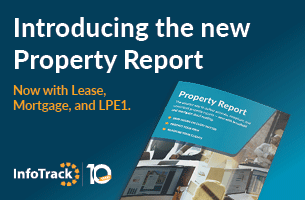
Winkworth: Profit margins are vulnerable
Almost all of the 21% increase in profits per partner seen by SME law firms last year came from client account interest and they need to “wean themselves off” it, a Law Society report has said.
It also highlighted how fee-earners are recording far fewer chargeable hours than they should be.
The 2025 benchmarking report from the Law Society’s leadership and management section showed that revenues continued to grow in 2024, while wage and recruitment pressure “seems to be reducing”.
“But profit margins are vulnerable,” said its chair, Abby Winkworth, chief operating officer at London firm Doyle Clayton. “Interest rates have helped profitability over the last couple of years, although should not be relied upon.”
The report, compiled by accountants Hazlewoods, delved into the finances of 145 law firms with a combined turnover of £1.1bn – 70 had turnovers of up to £5m, 72 of up to £35m, and three bigger than that.
Median fee income increased by 6.1% in 2024, lower than the previous two years as 29% of firms did not see it rise. This is the 15th consecutive year of a median fee increase, since the wake of the 2008 financial crash.
Though conveyancing came top in terms of income per fee-earner by specialism (£166,000), it was the only area of practice where turnover fell (by 3.6%). Private client work (£148,000, second only to conveyancing) saw the highest increase, while employment work also returned a double-digit increase.
Median net PEP jumped 21% to £249,000, but removing client interest revealed that “underlying performance has more or less flatlined in 2024, with a small rise of just 1.2%”.
Combined with no notable improvement in WIP and debtor days, Hazlewoods said: “This therefore begs the question – has client interest made firms complacent?”
With the Solicitors Regulation Authority looking at interest – and in the long term wanting to do away with client account altogether – It warned: “There is the very real prospect of firms experiencing real financial stability problems without client interest and so it is important that they look to wean themselves off interest as far as possible.”
The money should be used to fund longer-term investment and growth strategies rather than short-term costs, such as partner drawings, the report added.
More positively, Hazlewoods found that wage inflation in the current year was expected to be back within normal ranges and cost control measures were “holding steady” for many firms. But they have now had to get to grips with rapid increases in IT costs across the board.
While median fee income per equity partner was up 10% to £1.1m, the figure for fee-earners was almost static at £146,000.
The median cost of a fee earner, including fixed-share partners and notional salaries for equity partners, was £67,476, 6.1% up on 2023.
Though the median number of annual chargeable hours recorded per fee-earner was up slightly at 773.
“It is vital that firms grasp the issues of productivity and recoverability of fee earner time as, although this year shows a slight positive movement upwards, this falls well below the generally accepted target of more than 1,100 hours,” said the report – although it suggested that those without any other responsibilities should be achieving up to 1,300 hours.
“Employed fee earners and partners alike need to recognise the importance of everybody accurately recording, and ultimately charging, their time properly…
“When you consider that a full-time fee-earner working say 35 hours per week has a capacity of 1,600 chargeable hours per year, after allowing for holidays, sickness and training, this median is notable in how far it sits below normal expectations.”
















Leave a Comment